Nail care is essential in nursing for both personal and patient health. Proper nail maintenance prevents infections by eliminating bacteria and pathogens. For nurses, keeping nails short and clean minimizes contamination risks in sterile environments and reduces injury chances during procedures. Educating patients on nail hygiene promotes better health outcomes and prevents complications like fungal infections.
Table of Contents
- Anatomy of Nails
- Importance of Nail Care and Hygiene in Nursing
- Personal Nail Care for Nurses
- Patient Nail Care
- Assessment
- Nursing Diagnosis
- Planning
- Nursing Intervention
- Evaluation
- References
Anatomy of Nails
The nail, a small yet vital part of the human body, consists of several components that contribute to its function and resilience. Starting at the base of the nail is the nail matrix, a region of rapidly dividing cells responsible for nail growth. As these cells multiply, they push older cells forward, forming the nail plate—the visible, hardened portion of the nail that protects the sensitive nail bed beneath it.
Beneath the nail plate lies the nail bed, a pinkish area rich in blood vessels that nourish the growing nail. The cuticle, a thin layer of skin at the base of the nail plate, acts as a protective seal against bacteria and debris, essential for maintaining nail health. Surrounding the nail are the nail folds, which provide structural support and help anchor the nail in place.
Overall, the nail serves not only as a protective shield for the fingertips but also plays a crucial role in tactile sensation and fine motor skills. Understanding its anatomy is essential in nursing, where maintaining nail hygiene contributes to overall patient care and infection control.
Importance of Nail Care and Hygiene in Nursing
The following points highlight the critical importance of nail care and hygiene in nursing.
- Prevention of Infections. Proper nail care helps prevent the transmission of pathogens that can cause healthcare-associated infections (HAIs). Short, clean nails reduce the risk of bacteria and fungi accumulating, which is crucial in healthcare settings where vulnerable patients are present.
- Promotion of Patient Safety. Well-maintained nails reduce the risk of accidental scratches or injuries to patients during caregiving activities. This promotes a safe environment and minimizes potential sources of infection for patients.
- Enhancement of Professionalism. Maintaining neat and trimmed nails reflects professionalism and attention to detail. It instills confidence in patients and colleagues alike, reinforcing trust in the nurse’s competence and hygiene standards.
- Adherence to Hand Hygiene Protocols. Nails can harbor microorganisms even after handwashing if not properly maintained. Short nails facilitate thorough handwashing, which is critical for preventing the spread of infections between patients and maintaining overall hygiene standards.
- Comfort and Efficiency in Nursing Tasks. Long or poorly maintained nails can hinder a nurse’s ability to perform tasks requiring dexterity and precision, such as inserting IV lines or dressing changes. Short, clean nails contribute to comfort and efficiency in caregiving activities.
- Compliance with Healthcare Standards and Regulations. Healthcare facilities have specific guidelines on nail length and cleanliness to uphold infection control standards. Adhering to these regulations ensures that nurses contribute to a safe and compliant healthcare environment.
- Patient Education and Empowerment. Educating patients about the importance of nail hygiene encourages them to take an active role in their own health. It helps prevent conditions such as fungal infections and promotes overall wellness beyond the hospital setting.
- Prevention of Nail-related Complications in Vulnerable Patients. Patients with compromised immune systems or chronic conditions, such as diabetes, are particularly susceptible to nail-related complications like infections or injuries. Proper nail care helps mitigate these risks and supports patient recovery and comfort.
Personal Nail Care for Nurses
The following steps outline practical measures to ensure clean, well-maintained nails, supporting both personal comfort and professional integrity in patient care.
1. Keep nails short and neat
Short nails are easier to clean thoroughly and less likely to harbor dirt and microorganisms. This reduces the risk of transmitting infections to patients during caregiving activities. Nails should be short and well-trimmed, with the free edge less than 0.5 cm (¼ inch) to prevent pathogen accumulation and glove punctures.
2. Avoid artificial nails and nail enhancements.
Artificial nails, such as acrylics or gels, can trap bacteria and fungi underneath them, even after handwashing. Avoiding these enhancements ensures that nails can be cleaned effectively and reduces infection risks.
3. Regularly clean and trim nails.
Cleaning nails daily and trimming them regularly prevent dirt buildup and maintain hygiene standards. Trimming nails straight across and filing edges smooth prevents snagging and potential injury to oneself or patients. Do not excessively trim nails or cut cuticles to maintain barrier protection.
4. Use nail brushes. Use single-use or autoclavable nail brushes to avoid skin irritation; nail brushing with liquid soap effectively removes viral particles.
5. Practice proper hand hygiene.
Hand hygiene is crucial in healthcare settings to prevent the spread of infections. Clean hands thoroughly with soap and water or use an alcohol-based hand sanitizer when soap and water are unavailable. Clean the undersurface of nails with soap or alcohol-based hand rub for 20 seconds using a scrub or gentle nail brush.
6. Moisturize hands and nails.
Healthcare work can lead to dry skin and nails. Moisturizing helps maintain the integrity of the skin barrier and prevents cracks or breaks in the nails that could harbor bacteria. Apply moisturizer at least twice a day to prevent dryness and brittle nails caused by frequent hand washing and sanitizer use.
7. Inspect nails regularly.
Regular inspection allows nurses to identify any signs of infection, such as redness, swelling, or changes in nail color. Early detection enables prompt treatment and prevents the spread of infection to patients.
8. Follow facility policies and guidelines.
Healthcare facilities often have specific policies regarding nail length and cleanliness to maintain infection control standards. Adhering to these policies ensures compliance with organizational guidelines and promotes a safe healthcare environment.
9. Keep equipment clean. Clean nail grooming tools with 60-90% isopropyl alcohol or autoclave them before each use; do not share equipment to prevent viral transmission.
10. Avoid Nail Biting. Do not bite or chew nails. For hangnails, cut them with a clean nail cutter instead of pulling them out.
Patient Nail Care
Patient nail care is a fundamental aspect of nursing practice aimed at promoting hygiene and comfort while reducing the risk of infections and complications. This care involves systematic steps to maintain the cleanliness, health, and integrity of patients’ nails, ensuring their overall well-being and contributing to a positive healthcare experience. By implementing these practices, nurses play a crucial role in supporting patients’ hygiene needs and enhancing their quality of care.
Assessment
Proper assessment of patient nail care is crucial in nursing practice to maintain hygiene and prevent complications. Here are key assessments and their rationales:
1. Perform general health assessment on patient.
Understanding the patient’s overall health status helps identify conditions like diabetes or peripheral vascular disease that may affect nail health and require special attention.
2. Examine nails for signs of infection (e.g., redness, swelling), trauma (e.g., cuts, bruises), or abnormalities (e.g., discoloration, thickening).
Early detection of nail issues allows for prompt intervention, preventing infections and promoting nail health.
3. Assess patient’s mobility and dexterity.
Assessing the patient’s ability to care for their own nails informs the level of assistance required and guides patient education on self-care practices.
4. Determine history of nail disorders.
Inquiring about past nail problems or treatments provides insight into potential chronic conditions or recurring issues affecting nail health.
Nursing Diagnosis
Effective nursing diagnoses guide care plans and interventions to promote patient well-being and prevent complications related to nail health. Here are key nursing diagnoses and their rationales:
1. Bathing Self-Care Deficit related to:
- Impaired vision. Impaired vision can hinder the patient’s ability to see and care for their nails properly, increasing the risk of neglect and hygiene-related issues. Assistance and adaptive aids may be necessary to ensure thorough and safe nail care.
- Cognitive impairment. Cognitive impairment can affect the patient’s ability to remember or understand the steps involved in nail care, leading to deficits in self-care activities. Simplifying instructions and providing guidance are essential to support the patient in maintaining nail hygiene.
2. Risk for Infection around the nail bed related to:
- Impaired skin integrity of cuticles. Impaired skin integrity, such as dryness or cuts around the cuticles, provides entry points for pathogens, increasing the risk of infection. Regular moisturization and careful handling during nail care help prevent complications.
- Altered peripheral circulation. Conditions like peripheral vascular disease can impair blood flow to the extremities, including the fingers and toes. Poor circulation slows wound healing and increases susceptibility to infections. Gentle care and monitoring for signs of infection are crucial in these cases to maintain nail health and overall well-being.
Planning
In the planning phase of nursing care related to healthy nail practices, the nurse develops a structured approach to assist the client in maintaining optimal nail hygiene. This involves several key steps:
1. Establishing a schedule. The nurse collaborates with the client to establish a regular schedule for nail care. This schedule considers factors such as the client’s preferences, daily routines, and any specific nail care needs identified during assessment (e.g., diabetic foot care regimen).
2. Setting specific goals. Clear and achievable goals are set to guide the client in maintaining healthy nail practices. Goals may include regular trimming of nails, moisturizing cuticles, and inspecting nails for signs of infection or injury.
3. Educational strategies. The nurse educates the client on the importance of nail hygiene and demonstrates proper nail care techniques. This includes teaching the client how to trim nails straight across to prevent ingrown nails, the importance of moisturizing to prevent dryness and cracking, and how to recognize signs of infection.
4. Incorporating preventive measures. Strategies are implemented to prevent common nail problems and complications. This may involve discussing footwear choices that promote nail health, recommending protective measures during activities that may impact nail integrity, and promoting overall foot care as part of a holistic approach.
5. Tailoring to individual needs. The plan is individualized to meet the client’s specific needs and preferences. For clients with conditions like arthritis or visual impairment, adaptive aids or modified techniques may be incorporated to facilitate independent nail care practices.
Nursing Intervention
Here is a structured list of steps for patient nail care:
1. Gather necessary supplies such as nail cutter or scissors, nail file, orange stick, hand lotion or mineral oil, and basin of water (if needed for soaking).
Having the appropriate tools ready ensures efficiency and safety during the nail care procedure.
2. Review agency policies and protocols regarding nail care procedures and patient-specific considerations.
Adherence to policies ensures standardized care practices and patient safety, minimizing risks associated with nail care procedures.
3. Consult with podiatrists or healthcare team for patients with diabetes, peripheral vascular disease, or other conditions requiring specialized nail care.
Consulting specialists ensures that nail care interventions are appropriate and safe for patients with specific medical needs.
4. Position the patient comfortably and explain the procedure to alleviate any anxiety or discomfort.
Creating a comfortable environment promotes patient cooperation and enhances the overall experience of nail care.
5. If nails are thick or hard, soak them in warm water to soften, then dry thoroughly.
Softening nails makes trimming or filing easier and reduces the risk of nail breakage or injury during the procedure.
6. Trim nails straight across beyond the end of the finger or toe, or file nails to the desired length and shape.
Proper nail trimming or filing prevents ingrown nails and maintains nail integrity, reducing discomfort and potential infection risks.
7. Use a nail file to round the corners of nails gently. Clean under the nails to remove debris and maintain hygiene.
Rounding corners prevents sharp edges that can catch and cause injury. Cleaning under nails prevents buildup of dirt and bacteria, promoting nail health.
8. Gently push back cuticles using an orange stick, taking care not to injure or damage the delicate skin.
Proper cuticle care maintains nail health and reduces the risk of infection around the nail bed.
9. Provide patient education on proper nail care techniques, including trimming, filing, and cuticle care.
Patient education promotes self-care and empowers patients to maintain nail health between healthcare visits, reducing the likelihood of future nail problems.
10. Develop a care plan based on the patient’s nail care needs and incorporate follow-up appointments as necessary.
A structured care plan ensures continuity of care and ongoing management of nail health, addressing any concerns or changes in nail condition proactively.
Evaluation
Examples of desired outcomes for nail hygiene include the client being able to:
- Cleanliness of nails. Clean nails indicate effective removal of debris and pathogens, reducing the risk of infection. Monitoring cleanliness ensures adherence to hygiene standards and promotes overall nail health.
- Nail length and smooth edges. Short nails with smooth edges prevent injury and discomfort. Regular trimming and filing contribute to nail integrity and reduce the likelihood of ingrown nails, enhancing patient comfort and preventing complications.
- Intact cuticles and hydrated surrounding skin. Intact cuticles and hydrated skin around the nails indicate proper moisture balance and protection against infections. Healthy cuticles serve as a barrier, preventing pathogens from entering the nail bed and promoting overall nail health.
- Patient’s ability to describe preventive measures. The patient’s understanding and ability to describe preventive measures demonstrate education uptake and empowerment in self-care practices. Effective education helps patients maintain nail health independently, reducing the recurrence of nail-related issues.
- Assessment of nail bed color and capillary refill. Pink nail beds and quick return of color after the blanch test indicate adequate blood circulation and oxygenation. This assessment ensures optimal vascular function, supporting overall nail bed health and identifying any circulation-related concerns promptly.
References
- Berman, A., Snyder, S. J., & Frandsen, G. (2015). Kozier & Erb’s fundamentals of nursing: Concepts, process, and practice (10th ed.). Pearson.
- Etnyre, A., Zarate-Abbott, P., Roehrick, L., & Farmer, S. (2011). The role of certified foot and nail care nurses in the prevention of lower extremity amputation. Journal of Wound, Ostomy, and Continence Nursing, 38(3), 242-251.
- Malkin, B., & Berridge, P. (2009). Guidance on maintaining personal hygiene in nail care. Nursing Standard, 23(41), 35+.
- Stolt, M., Suhonen, R., Puukka, P., Viitanen, M., Voutilainen, P., & Leino-Kilpi, H. (2013). Nurses’ foot care activities in home health care. Geriatric Nursing, 34(6), 491–497.
- Watkins, J. (2015). Diagnosing and treating nail trauma. Practice Nursing, 26(1), 27–31.


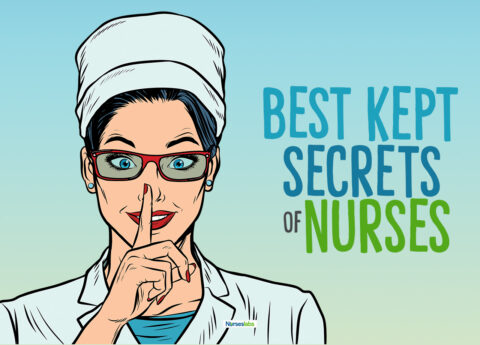





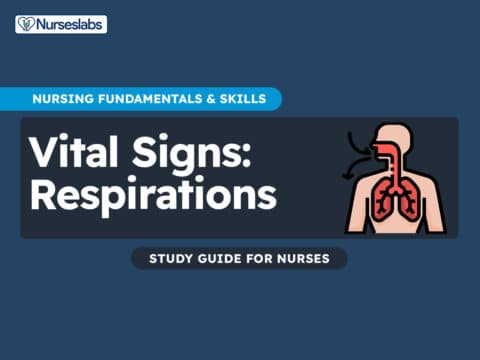












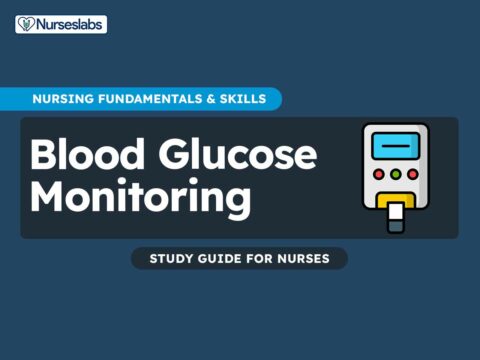



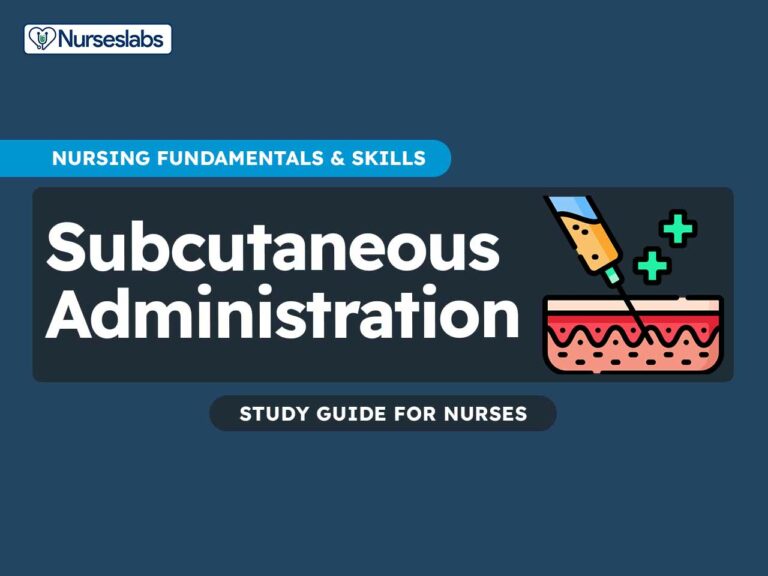



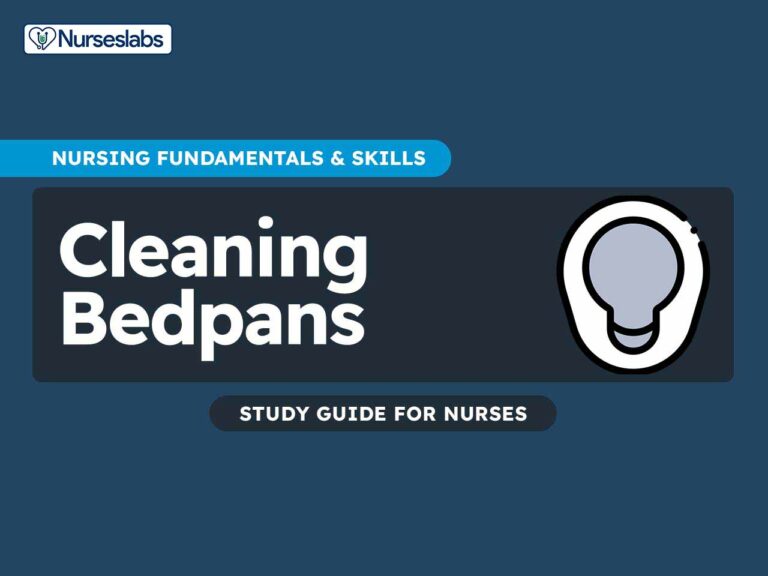







Leave a Comment